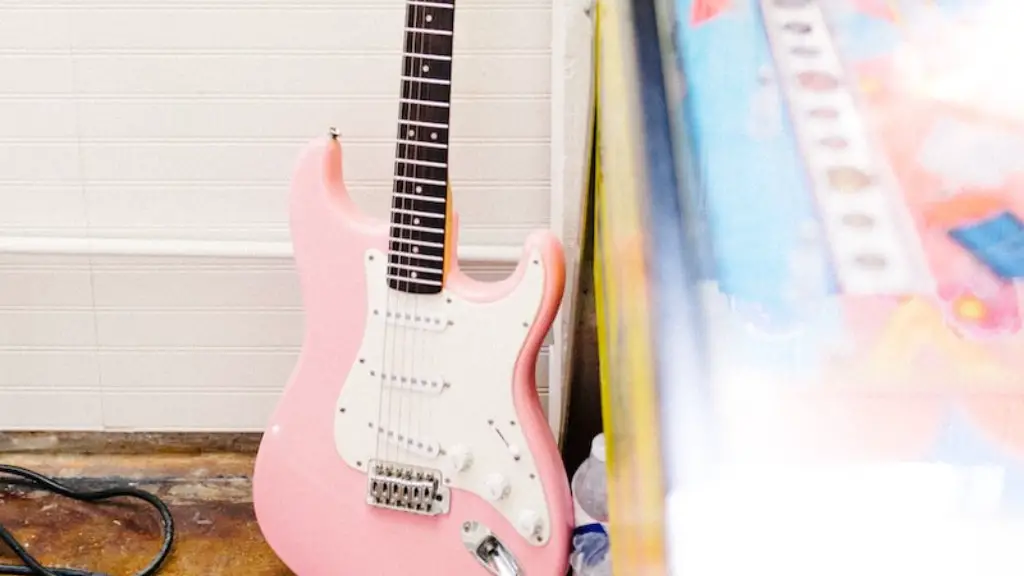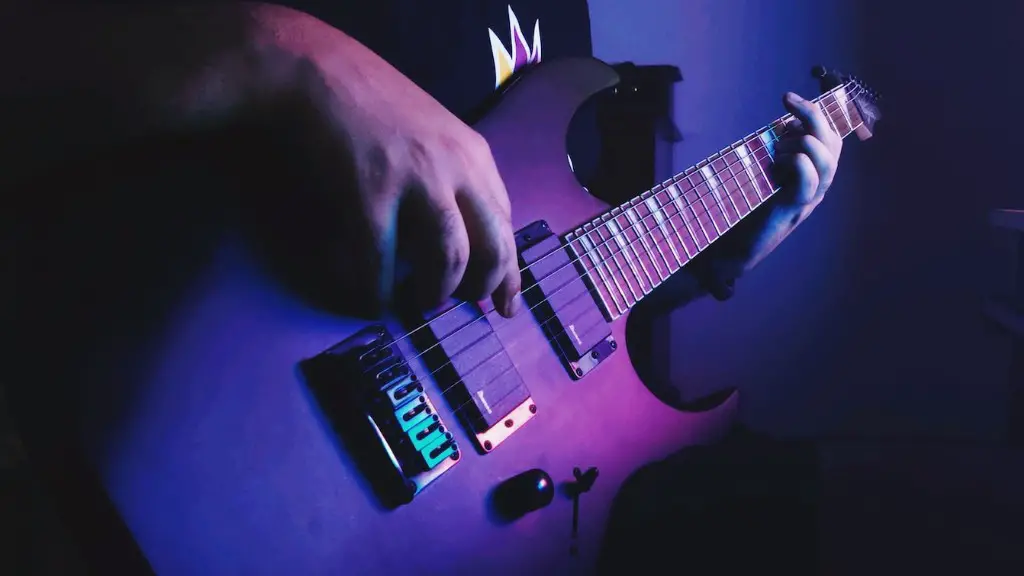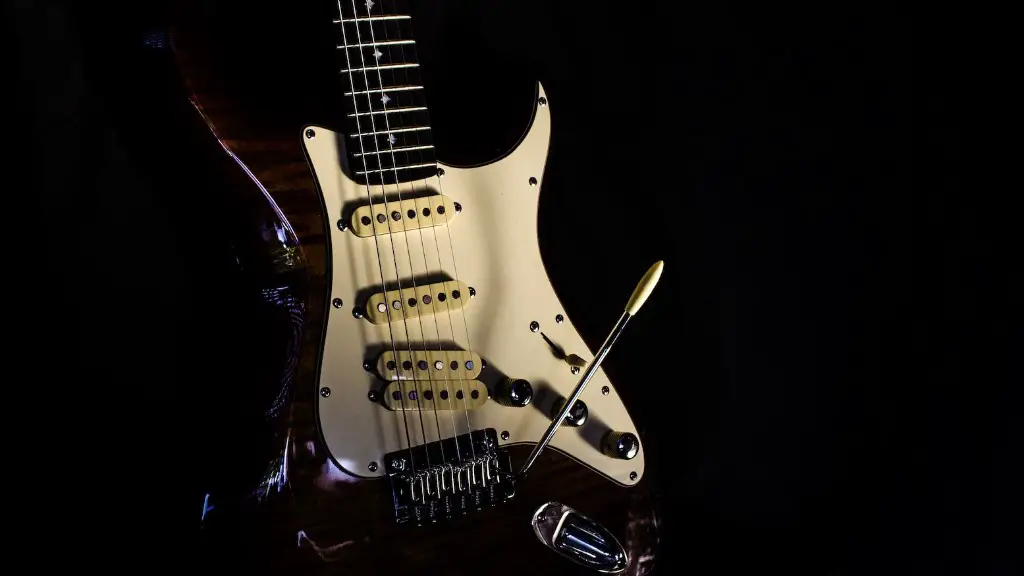Knowing how to wire an electric guitar is an essential part of being a guitarist. It involves connecting the various components of the guitar, such as the pickups, knobs and switches, as well as the guitar strings. Proper wiring is essential in order to ensure that the sound produced by your guitar sounds its best.
In this guide, we will discuss how to wire an electric guitar properly. We will cover different elements such as soldering techniques, types of electrical wire, and troubleshooting tips. We will also cover some basics on soldering and provide some helpful tips for beginners. Finally, we’ll talk about common mistakes to avoid when wiring your electric guitar.
By following our guide, you should be able to wire your electric guitar quickly and easily!
Identifying Wiring Components for Electric Guitar
Electric guitars have many components, and understanding the purpose of each component is essential for wiring a guitar correctly. The main components are pickups, knobs and switches, output jack, volume and tone pots, wiring harness, and ground wire. Pickups are the pieces that detect string vibrations and turn them into electrical signals. Knobs and switches control the frequency response of pickups, allowing you to adjust settings like bass or treble. The output jack is what connects your guitar to an amp or other sound device. Volume and tone pots control the volume and tone of your guitar by adjusting the amount of electrical signal that reaches your amp. The wiring harness contains all the wires necessary to connect all components together. Finally, the ground wire provides an electrical ground path that prevents interference from external sources such as radio waves. Knowing exactly how each piece works together will help you wire your electric guitar properly.
To get started with wiring an electric guitar, you need a diagram of how all components should be connected. This diagram will also help you identify any additional parts needed for your specific setup. With this diagram in hand, you can begin connecting all pieces together in the order indicated by the diagram.
Preparing the Electric Guitar for Wiring
Proper preparation of an electric guitar is essential for successful wiring. Start by removing all knobs, pickups, and covers from the guitar body. Use an old cloth or towel to clean the guitar body and its components to get rid of any dirt or grime that may be present. Once everything is free of dust and debris, use a screwdriver to unscrew all of the screws that are holding the components in place. Once all screws have been removed, carefully remove all of the components from the guitar body.
Next, locate and detach any wires coming from the pickups. This can be done by gently pulling on each wire until it comes loose from its respective pickup. After all of the wires have been removed, use a soldering iron to remove any excess solder from the pickups and wires. Finally, inspect each component to ensure that everything is in good condition before proceeding with wiring. Be sure to take extra care when handling delicate components like potentiometers. With proper preparation and care, you will be ready to begin wiring your electric guitar!
Soldering the Electric Guitar Wiring
Soldering an electric guitar is a relatively simple process that can be done by any novice. It involves connecting the various components of the guitar together, such as the pickups and volume knobs. To begin, it’s important to ensure that all components are in good working order and free of dirt and debris. Once everything is ready to go, you’ll need a soldering iron, solder, and wire cutters. Start by stripping away a small portion of the insulation from each end of the wire. Then twist the exposed ends together to create a solid connection. Lastly, use your soldering iron to heat up the connection and apply solder until it securely binds them together.
Once all of your connections are secure, double check that everything is in place before replacing any parts or enclosures on your guitar. With a little practice, soldering electric guitars can be an easy task that will keep your instrument sounding great for years to come!
Grounding an Electric Guitar
Grounding an electric guitar is essential for its proper functioning. It helps to protect the instrument from electrical shocks, and reduces interference and hum. Grounding is achieved by connecting the strings, bridge and metal parts of the guitar to the ground wire of the amplifier. The best way to do this is to solder a metal plate or strip on the back of the guitar near the bridge, connect it to a ground wire, and then attach that wire to the amplifier ground terminal. Additionally, shielding can further reduce noise caused by electromagnetic interference. This is done by attaching copper or aluminum foil around electronic components such as pickups and pots, or in between layers of the pickguard. Finally, it’s important to check all connections for any loose wires or faulty parts that may be creating an electrical issue.
Properly grounding your electric guitar will ensure that it functions properly with minimal hum or interference from outside sources. With some basic knowledge of circuitry and soldering skills, you can easily complete this task yourself!
Installing Pickups and Electronics in an Electric Guitar
Installing pickups and electronics in an electric guitar is an essential part of the instrument’s setup. It requires knowledge of the components and wiring techniques, as well as a bit of patience and a steady hand. The first step is to determine what pickups and electronics you want to install in your guitar. Once you have chosen the components, they must be wired together properly. This includes soldering the pickup leads to the output jack, connecting ground wires, and mounting all components into their respective places on the guitar body. Finally, test out your new setup by plugging it into an amplifier and playing it!
When wiring up pickups for an electric guitar, it’s important to keep track of where each wire goes by labelling them or taking notes. Having a diagram of where each component connects can also be very helpful. While it is possible to do this project yourself, it is highly recommended that you find a qualified technician to help with installation for best results. With proper care and maintenance, your new pickups and electronics will last for years to come!
Connecting the Output Jack on an Electric Guitar
Connecting the output jack on an electric guitar is a relatively straightforward process. First, locate the output jack plate on the side of the guitar’s body; this is typically found near the bottom of the guitar. Remove the screws from the jack plate and locate the two wires coming from inside of the guitar. The wire that is covered in insulation is your ground wire and should be connected to one of the screws from your jack plate. The other wire should be connected to your tip connection. Once both wires are connected, replace your jack plate and make sure it is tightly secured.
Finally, plug in your guitar cable into the newly wired output jack and test it out! You should now be able to hear sound through your amp or amplifier when you play chords or notes on your electric guitar. Congratulations – you just wired up an electric guitar!
Final Words
Wiring an electric guitar is a relatively straightforward task that can be accomplished with the right tools and knowledge. With patience and precision, anyone can wire their electric guitar to get the perfect sound. To ensure that everything is in working order, it’s important to test the wiring and components after installation. Be sure to use caution when handling your instrument’s wiring, as wrong connections may cause damage.
In conclusion, wiring an electric guitar requires proper planning and a good understanding of how the components work together. This small investment of time and effort will pay off in the end when you hear the perfect tone coming from your instrument.



